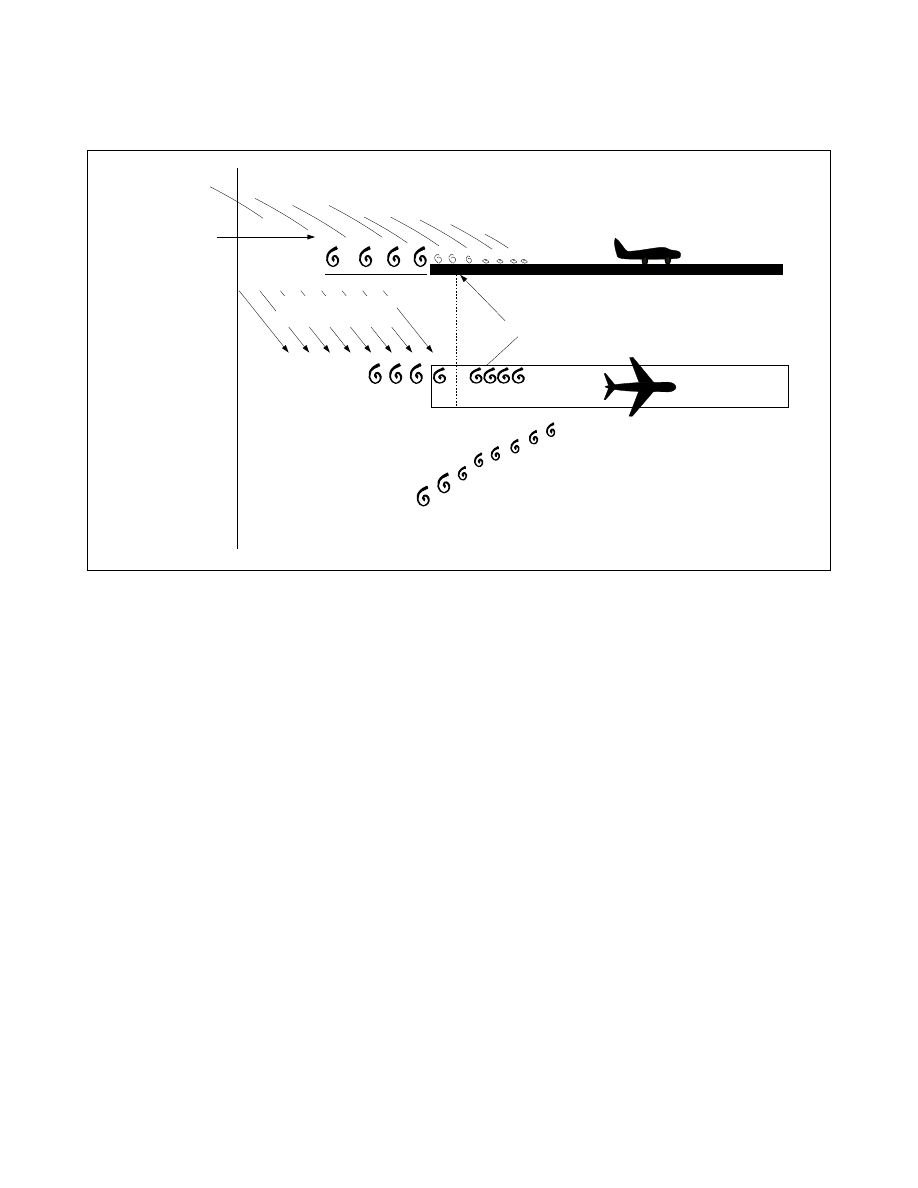
4/20/23
AIM
7
−
1
−
29. International Civil Aviation Organization (ICAO) Weather Formats
The U.S. uses the ICAO world standard for aviation weather reporting and forecasting. The World
Meteorological Organization’s (WMO) publication No. 782 “Aerodrome Reports and Forecasts” contains the
base METAR and TAF code as adopted by the WMO member countries.
a.
Although the METAR code is adopted worldwide, each country is allowed to make modifications or
exceptions to the code for use in their particular country, e.g., the U.S. will continue to use statute miles for
visibility, feet for RVR values, knots for wind speed, and inches of mercury for altimetry. However, temperature
and dew point will be reported in degrees Celsius. The U.S reports prevailing visibility rather than lowest sector
visibility. The elements in the body of a METAR report are separated with a space. The only exceptions are RVR,
temperature, and dew point which are separated with a solidus (/). When an element does not occur, or cannot
be observed, the preceding space and that element are omitted from that particular report. A METAR report
contains the following sequence of elements in the following order:
1.
Type of report.
2.
ICAO Station Identifier.
3.
Date and time of report.
4.
Modifier (as required).
5.
Wind.
6.
Visibility.
7.
Runway Visual Range (RVR).
8.
Weather phenomena.
9.
Sky conditions.
10.
Temperature/dew point group.
11.
Altimeter.
12.
Remarks (RMK).
b.
The following paragraphs describe the elements in a METAR report.
1. Type of report.
There are two types of report:
(a)
Aviation Routine Weather Report (METAR); and
(b)
Nonroutine (Special) Aviation Weather Report (SPECI).
The type of report (METAR or SPECI) will always appear as the lead element of the report.
2. ICAO Station Identifier.
The METAR code uses ICAO 4
−
letter station identifiers. In the contiguous
48 States, the 3
−
letter domestic station identifier is prefixed with a “K;” i.e., the domestic identifier for Seattle
is SEA while the ICAO identifier is KSEA. Elsewhere, the first two letters of the ICAO identifier indicate what
region of the world and country (or state) the station is in. For Alaska, all station identifiers start with “PA;” for
Hawaii, all station identifiers start with “PH.” Canadian station identifiers start with “CU,” “CW,” “CY,” and
“CZ.” Mexican station identifiers start with “MM.” The identifier for the western Caribbean is “M” followed
by the individual country’s letter; i.e., Cuba is “MU;” Dominican Republic “MD;” the Bahamas “MY.” The
identifier for the eastern Caribbean is “T” followed by the individual country’s letter; i.e., Puerto Rico is “TJ.”
For a complete worldwide listing see ICAO Document 7910, Location Indicators.
3. Date and Time of Report.
The date and time the observation is taken are transmitted as a six
−
digit
date/time group appended with Z to denote Coordinated Universal Time (UTC). The first two digits are the date
followed with two digits for hour and two digits for minutes.
EXAMPLE
−
172345Z (the 17
th
day of the month at 2345Z)
Meteorology
7
−
1
−
67